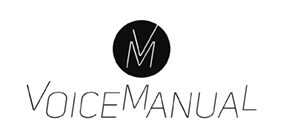Many beginning singing students share the same thought: I don’t know how to breathe correctly when singing, or I don’t know how to use my diaphragm. The next thought is often: “it must be something that requires a lot of work, especially when singing loudly or high, or both.”
Working in the wrong places often unfortunately leads to excessive use of air pressure, which is also referred to as pushing.
Unfavorable Consequences Of Pushing
Pushing affects the voice in many different ways:
- loss of dynamism; moving seamlessly from loud to soft voice (or the other way around) gets difficult
- voice becomes strained, throat may hurt
- voice is hoarse after singing
- the vocal folds’ functioning gets difficult
- more intensive and softer sounds are often very difficult or even impossible to produce due to excessive use of air pressure
- high notes get difficult
So shortly put: most likely you will not be able to sing the way you would like to.
Singing loudly does not automatically mean that more air pressure is needed. The goal is more about having a flexible and dynamic instrument where the relationship between air flow (breath) and vibrating vocal folds is in balance and able to change as the singing style and current pitch require. This is achieved by concentrating on the right things.
Therefore when practicing singing, observe yourself: how does singing feel in your throat? Is the amount of air sufficient for the whole phrase sung? Is it easy to move from one note to another? If you are not sure whether the used air pressure is balanced with singing, try decreasing or increasing it, and compare to what you did before. Which one felt easier? This is a way to learn to find the right balance. Read also our article about breath support in singing.


2 thoughts on “Don’t Teach Yourself To Push”